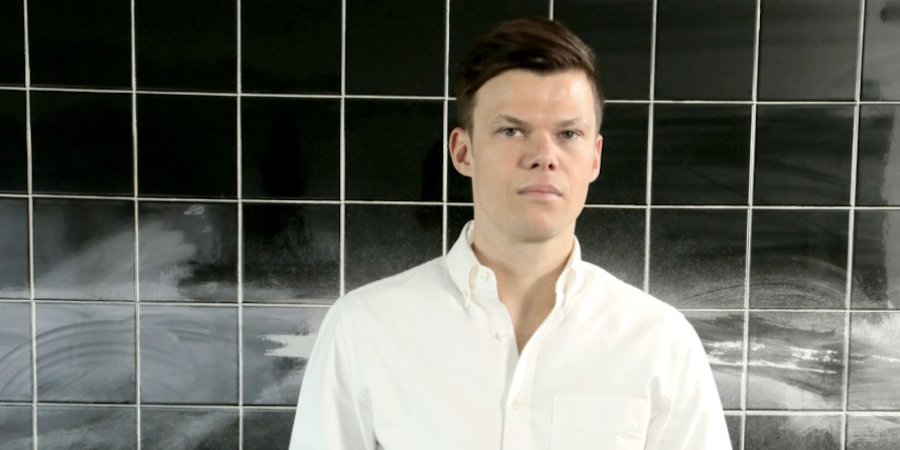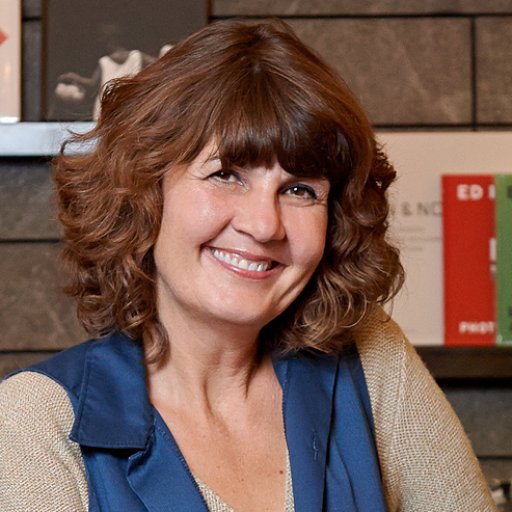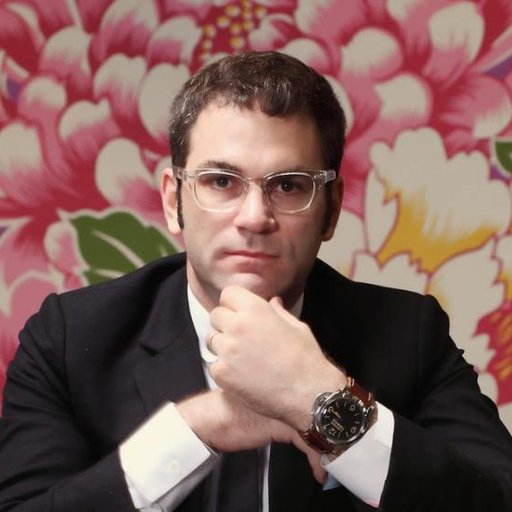After graduating college with a degree in architecture, Rob Teeters moved to New York in 2004 to work for the prominent Robert A.M. Stern Architects firm in Chelsea. It was a fortuitous location—on his lunch hours, he could wander the galleries in the neighborhood, where he gained a discriminating eye for the ins and outs of the art scene. Two years later, he advised his first client on what to buy, and ever since, his advisory firm Front Desk Apparatus has been rapidly expanding. Today, the 32-year-old founder remains firmly committed to on-the-ground investigation, and in fact, Teeters considers the advisory’s project space—which most recently featured the precise and poetic sculptures of conceptualist Carissa Rodriguez—itself a form of rigorous research into contemporary art.
With clients in New York, Los Angeles, and Dallas (where he is also the artistic director of the nonprofit art center the Power Station), Teeters and his associate, Michael Capio, have demonstrated a knack for recognizing emerging talent. We sat down with the young advisor in his office across from the Morgan Library to talk about the direction of conceptual art, and the rampant speculation in the art market today.
What would you say is your niche as an art advisor?
We’re most drawn to conceptual or conceptually driven art, with a special interest in younger emerging and mid-career European and American artists. The type of work that interests me most is art that initially makes me very uncomfortable. If it kind of freaks me out it’s something that will stay with me after I leave the gallery. Eventually, there’s a shift from feeling uncomfortable to feeling a certain amount of comfort, and that’s when I know, intuitively, "This is really good work."
Is that kind of art challenging to convince a client to buy?
It can be, but it’s where art is going and should go. Taste is shifting constantly. So what was thought of as being hideous, totally impossible to digest or boring in the ’50s and ’60s is now considered tame and aesthetically pleasing. Our understanding of aesthetic value is always changing.
Do you take on an educational role with your clients?
Absolutely. My clients are very open to discourse and really do want to understand why an artwork may or may not be valid, and how it may situate itself historically. If there's an artist who has a very frothy market but whose work I don’t think has staying power, we’ll talk that through. On the other side of the coin, there are many conversations that are about convincing the client of an artist’s importance who don't have a strong market.
And what are your clients looking for? Do you talk with them about art as an investment or as an aesthetic object to live with?
All of my clients are smart people and good businessmen and businesswomen—they are not the types to just throw money away. But they aren’t art investors, they're collectors. So we have discussions from both the curatorial perspective and the investment side. If they are comfortable knowing that it’s a solid investment with historical significance—or the potential thereof—then they're more likely to acquire that work. There are conversations that we have when we know the artist’s market might be very soft, but the symbolic value is high, so it is worth the investment. Certain works, down the line, will shift from having only symbolic value to having real market value.
There is a lot of speculation going on right now in the art market, particularly for young emerging artists. What’s your take on this phenomenon?
I think it's a scary thing. There’s more speculation around young artists than ever, and they're the perfect targets because initial investment is relatively low and the potential for big return is quite high. But these people who are speculating around art collecting aren’t collectors—they’re investors.
So these young artists have to be very, very careful. They have to be careful not to get used by the market and not to overproduce. And there are some instances where the artists themselves are really in it for the money—they see the potential to capitalize. But I think they know in the back of their minds that the work isn’t sustainable, so they feel like they have to cash in while they can. That said, in the group of artists who are extremely hot right now, there are some serious artists who have the potential to sustain and maintain a very serious art practice.
And how do you separate the wheat from the chaff?
You speak with the artists—you can usually get a very good idea of what their real intentions are. Also, you know, it comes down to just looking at the work and understanding what the work is about and if it really has the ingredients to sustain itself. There are instances where it’s so obvious that the artist is just responding to a particular fashion, and that’s always a nonstarter.
What qualities make for a great art advisor?
I think that many art advisors fall into the trap of being market lemmings, where they just chase a list of names that everybody wants. It’s a very narrow approach to advising their clients. We believe in approaching collecting as a marathon rather than a sprint. It’s so easy for an advisor to respond and chase the market, but I think the most important quality in an advisor should be restraint.
Do you collect yourself?
I do. From an early age, I was a voracious collector and organizer, with baseball cards occuping a large portion of my youth. I had my own archiving system, and any spare money I had would go to buying more. I haven’t grown up all that much, because art collecting is kind of the same thing, where I buy more than I should. There are certain things that I see and can’t not buy.
Who are you especially keen on?
These days, Charles Mayton, who is a painter showing at David Lewis Gallery. He makes conceptually rigorous abstract paintings. Carissa Rodriguez, who showed in our project space recently. Michael E. Smith is a really interesting sculptor who works with organic materials in a profound way. And Sam Pulitzer and Mathieu Malouf are artists I’m very interested in.
In addition to the art advisory, you are the artistic director of a nonprofit space in Dallas, the Power Station. Tell me about the art scene down there.
There are a great group of collectors in Dallas, with institutions—the Dallas Museum of Art and the Nasher Sculpture Center—playing a very big role in the community, cultivating an appreciation for contemporary art. It’s a very friendly, open community, and they have a very different kind of sensitivity towards their peers that’s not competitive. They’re collaborative, often buying works together and then giving them to their local institutions. This is the type of thing that doesn’t happen all that much in other cities.
Do collectors play any role at the Power Station?
No, the Power Station has nothing to do with collecting—it’s about inviting artists into the space and letting them respond to this very raw context. The fortunate thing for the institution is that it’s privately funded, so there aren’t many hoops to jump through in programing. We are to realize really complex, difficult projects. A recent example of that would be the project we did with Tobias Madison, Emanuel Rossetti, and Stefan Tcherepnin, where they created an installation that flooded the mezzanine level of the space with six inches of water. The pool then began to seep through the concrete slab being caught in metal pans on the ground floor below. The result was this amazing sound installation, a kind of indoor rainstorm. So projects like this, you know, if you are dealing with an institution with a board, are impossible. But since Janelle and Alden Pinnell, who the foundation is overseen by, are very open to this kind of thing, it’s quite easy to see it through.
Where do you think contemporary art is going?
I think that we are coming out of the obsession with abstraction and moving back towards a more conceptual type of art. That is not to say that the art of the future is going to ignore the visual. I think the aesthetic is probably going to get more and more difficult to digest, because that is where art needs to go. But this aesthetic will age very well, although it might not immediately be defined as a pleasurable experience.























